Norfolk Island is one of the most amazing places on earth, with a fascinating history, incredible plant and birdlife, stunning scenery, and one of the most relaxing and peaceful places on the planet. But if you want an active holiday there’s heaps to do.
Let me tell you a little bit about Norfolk including its unusual customs and culture, and why it’s one of my most favourite places to spend a week or so whenever I can.
The Island
Norfolk Island is an Australian territory situated in the Pacific Ocean about 1,600km north-east of Sydney and 1,000km north-west of Auckland. It covers an area of just 35 sq km and getting from the south-east to north-west corner will take you about 30 minutes in a car. Most of the island is suitable for some form of farming, but it has a rugged coastline with numerous cliffs. It does slope to gentler terrain on the south side of the island towards Slaughter Bay, Emily Bay, and the site of the original settlement at Kingston.
This means that there are no safe harbour facilities on Norfolk Island, with loading jetties at Kingston Bay and Cascade Bay. All goods not domestically produced are brought in by ship, usually to Kingston Bay. It is a very tricky operation, with whaleboats running a shuttle service with up to 5 tonnes at a time to and from the ship, which is moored some distance off the shore. For large items like cars, two boats are tied together with a platform across the top to support the car!! In times of rough weather ships can wait offshore for over a week for calm water to allow the operation.
Kingston Bay – jetty and unloading
Emily Bay, protected from the Pacific Ocean by a small coral reef, is the only safe area for recreational swimming, although surfing waves can be found at Anson and Ball Bays.
Emily Bay
The climate is subtropical and mild, with maximum average daily temperatures ranging between 18 C in the winter and 25 C in the summer. The temperature rarely falls below 10 C, and the highest recorded maximum is 28.4 C. Most rain falls April to August but other months do receive significant precipitation.
The major settlement on Norfolk Island is Burnt Pine, where the shopping centre, post office, bottle shop, telephone exchange and community hall are located. Settlement also exists over much of the island, consisting largely of widely separated homesteads. Many of the locals grow their own fruit and vegetables, as imported foods of all kinds are quite expensive, especially perishables coming in by air.
Getting There
It’s not possible for tourists to travel to Norfolk by sea, so air is the only option. Air New Zealand flights are operated from Sydney (Monday, Friday and some Sundays), Brisbane (Tuesday and Saturday) and Auckland (Sunday). The latter service ceases from 21 May, but from 17 June Norfolk Island Airlines will operate on a Saturday from Auckland and Brisbane. Return fares are normally between $500 and $600 per adult.
Early History
Norfolk Island was settled by East Polynesians who arrived some time after 1000 and stayed for several generations before disappearing. In October 1774 Captain Cook arrived, landed, and gave it the name of Norfolk after the Duchess of Norfolk.
The Convict Era
In March, 1788, the British arrived to set up a small penal colony six weeks after Britain’s First Fleet had arrived at Botany Bay to establish the penal colony of New South Wales. Hand picked from the ranks of the First Fleeters were 23 settlers: 7 freemen, 15 convicts and the commandant, Lieutenant Phillip Gidley King.
The occupation of the island was to make available masts and sails from pine and flax for the refurbishment of British ships, and to prevent the island falling into the hands the French. Ground was cultivated, crops planted and harvested. The settlement became a tiny township.
In March of 1790, the ships “Sirius” and “Supply” brought 300 more to Norfolk including two companies of Marines plus new convicts from Sydney, where dwindling supplies of food had become a serious problem. The 540-ton ” Sirius” and most of its provisions were lost on the coral reef off the south coast.
During the following few years, Norfolk Island become nothing more than a labour camp for Sydney’s most difficult officers and least-wanted felons. The island’s main purpose was to provide food for Sydney. Maize, wheat, potatoes, cabbage, timber, flax and fruit of all kinds grew well in Norfolk Island. The population peaked at more than 1,100, and about a quarter of the island was cleared.
But by 1814 the island was empty. Sydney and the expanding colony of New South Wales had no further need to import food from Norfolk, and the people who had occupied it were shipped back to New South Wales. The structures of the settlement were razed or pulled down to dissuade passing ships from reoccupying the island. The farm and domestic animals were shot.
Then in 1825 it was decided that because of it inaccessibilty, Norfolk was to become a penal settlement once again, specifically for the very worst of the felons from New South Wales and those who had constantly reoffended. However, records now show that a number who were sent to Norfolk had been convicted of petty crimes.
Norfolk earnt the title ” The Hell of the Pacific “. Conditions in the goal were appalling. A large percentage of the convicts were sentenced to remain in heavy chains for the terms of their natural lives. Agricultural labour was the most hated kind and chain gangs were forced to hoe from sunrise until sunset. One convict in a field gang raised his hoe and split the head of the convict in front of him – not through malice or revenge, but to be hanged, to be free of a life worse than death.
Punishments were varied for petty crimes during this second occupation. Lashings were common, sometimes up to 500 strokes. Dumb-cells were constructed to exclude light and sound; many men lost their sanity in them. Solitary confinement, increased workloads and decreased rations, sometimes bread and water, were also common forms of punishment.
Convicts were also forced into hard labour as a form of punishment building much of what today is one of the world’s chief glories of Georgian architecture – the settlement of Kingston. But they also built the dreadful gaol which at one stage housed 1,200 convicts.
Kingston gaol
By the 1850s it was decided for various reasons to close the penal colony and by 1855 Norfolk stood empty again.
The Bounty Settlers from Pitcairn
After the mutiny on the Bounty against Captain Bligh in 1789, a number of the mutineers led by Fletcher Christian together with 18 Tahitians eventually finished up on the remote Pitcairn Island. Over the years the community grew, and by the 1850s the island was far too small to contain them so the British government arranged to move them to Norfolk Island, where 194 arrived on 8 June, 1856.
Norfolk was a paradise after Pitcairn, and apart from some land set aside for public use, the whole of Norfolk was divided amongst the various families who were the descendents of the Bounty mutineers. Today a large part of the island is still owned by the descendents of those settlers, most of whom quickly settled into their new homeland.
Norfolk Island and its People Today
Today the population of Norfolk numbers about 1,800 with about half of those able to trace their ancestors back to the settlers from Pitcairn and the mutineers. So the names Adams, Christian, McCoy, Quintal, Young, Buffett, Evans and Nobbs are heard everywhere. Most islanders are of either European-only (mostly British) or combined European-Tahitian ancestry.
The locals speak English, but many also speak Norf’k, a blend of 18th century seafaring English and Tahitian brought from Pitcairn. It is still heard around the island, and being now also taught in the school. Some examples are –
Yorlyee – All of you
Wut a way you? – How are you?
Webout you gwen? – Where are you going?
Map in Norf’k
Another facet of life unique to Norfolk is the practice of printing nicknames in the local phone book to overcome any confusion caused by so many with the same surname. So we see Cane Toad, Dar Bizziebee, Lettuce Leaf, Goof, Paw Paw, Diddles, Rubber Duck, Carrots and Tarzan to mention a few.
The “Norfolk Wave”, with drivers waving to each other (ranging from a wave using the entire arm through to a raised index finger from the steering wheel) as they pass is also something quite unique. It is not just for the tourists’ benefit, but taken seriously by the locals who practice it religiously.
Giving right of way to cows is another fascinating feature of Norfolk. Cattle graze everywhere they can on common land, in particular along the sides of the road, and drivers must give them complete right of way. Hit a cow and kill it, and you will finish up in court with a hefty fine paid to the owner of the cow which can run into many thousands of dollars!
Finally, they do not insist on the same rights for the famous feral chooks that can be seen running around, particularly in the Kingson area. And you can certainly hear the roosters in the morning!
Government
This topic could take up several blogs but I’ll just say that since July 2016, Norfolk Island is now an external territory administered by Australia. Commonwealth Government services are provided by federal agencies eg. Customs (Australian Border Force), Quarantine (Dept of Agriculture & Water Resources), Centrelink, Policing by the Australian Federal Police. NSW operates the Hospital & School, while the Norfolk Island Regional Council provides local government services. A big bonus for islanders is that they are now covered by Medicare, including medical evacuation to the mainland by air if necessary.
Natural Beauty
Norfolk has an amazing natural beauty, and for me why it is such a great place to go and just relax, meet the locals, take a swim, snorkel, go fishing, walking, cycling or just read a book and unwind. And there are NO CROWDS so you can just poke around in a rental car to see the many unforgettable sights.
Rare Plants
Norfolk Island’s isolation has allowed plants to develop here that are found nowhere else in the world, and the island is home to around 200 native plants, including more that 40 which are found nowhere else. The most famous of course is the Norfolk Island Pine, but others, many of which became almost extinct, including Popwood, Nettle tree, Bastard Oak, Cordyline and the beautiful Phillip Island Hibiscus.
Phillip Island Hibiscus
The Norfolk Island Palm and the Smooth tree fern, tallest in the world are also unique to the island. Many of the plants can be seen together in the Norfolk Island National Park.
Amazing Birdlife
Until I went to Norfolk I was never much interested in birds – parrots were nice as are pelicans, but as for the rest…. But when I went to Norfolk for the first time I couldn’t help but notice them – they are everywhere you look at any time of the day.
Norfolk has few land birds, and many of those unique to the island have become extinct. But the Norfolk parakeet has survived together with a few others like the Norfolk gerygone and wedge-tailed shearwater. The latter are known as ghost birds, as you can hear their haunting moan as they return to their burrows at nightfall.
Wedge-tailed shearwater
During the warmer months over 20 species of seabirds from around the Pacific call into Norfolk and can be seen on the many rocky outcrops. These include the white tern, masked booby and black-winged petrel. Nepean Island is an important home to breeding seabirds including the sooty tern. Watching birds is so relaxing…….
Sooty tern
Many Things to See and Do
Where do I start with so much to tell you? This will be a bit of a list but use the links for more information about the things that interest you.
Tours Pine Tree Tours
-
Half Day Tour – Orientation tour which takes you to all the main sights and sites on the island. A great introduction for first time visitors.
-
Convict Settlement Tour – In depth tour of historic Kingston
-
Island Culture Tour – Learn all about the culture and history of the descendents of the mutineers and life today
-
Green Fingers Tour – A tour of the island’s most beautiful gardens.
-
Island Fish Fry – A feast of island dishes and entertainment at beautiful Puppy’s Point
-
Sound and Light Show – Dramatic use of light and sound to bring the history of Kingston to life.
-
Mutiny on the Bounty Show – See descendents bring to life the story in a 1 1/2 hour show in a special venue.
-
Progressive Dinner – Enjoy a 3-course dinner at different island family homes and hear their Norfolk stories.
-
Specialty Tours – Charter Marine; Glass Bottom Boat; Pitcairn Settlers Village; Art Trail
Mutiny on the Bounty show setting
Attractions – Norfolk Island
-
Norfolk Island Museum – Kingston
-
Bounty Folk Museum, Middlegate Rd
-
Discovery Centre
-
Fletcher’s Mutiny Cyclorama
-
St Barnabas Chapel
-
World Heritage Kingston
-
Phillip Island
-
Mt Pitt Lookout
St Barnabas Chapel
Fletcher’s Mutiny Cyclorama
Activities – Sport and recreation
Golf, fishing, lawn bowls, sea kayaking, bush walking, clay target shooting, archery, snorkelling, trekking, surfing.
Norfolk also hosts a large number of festivals including the Jazz Festival which is held in late November/December each year.
Accommodation and Dining
Accommodation ranges from basic 3-star to 4-star and one 5-star rated property. There are some hotels but also a large number of self catering cottages and apartments. The properties are generally located near/in Burnt Pine or on the south of the island, many with stunning views over Kingston.
View from Endeavour Lodge
For best the price on Booking.com for fabulous Endeavour Lodge go here
For those self catering, food in the main supermarket is quite expensive as a large part of it has to be brought in by ship, and perishables by air. Fruit and vegetables cannot be imported (except potatoes) so you are limited to that which is grown on the island. The quality is variable and the trick is to know when and where to buy it. I suspect that many locals and restaurants have their own particular supplier, so that which finds its way into the one main supermarket is perhaps what is left over. However it is a good lesson for visitors in eating that which is available, and in season. My tip is to take nibbles type stuff, and tins of whatever, as they are quite expensive.
Eating out is also not cheap, but there are some good top end restaurants with Sydney prices. We found the Bowls Club excellent for quality and price. As always, check out where the locals eat. More info here.
Finally, for what I think is some of the best accommodation on the island, go to this blog of my friend Duncan Evans. Duncan is a descendent of the original mutineers, and owns and manages a number of great properties including my favourite, Endeavour Lodge. Duncan’s blog will also give you lots of valuable up-to-date info about Norfolk. Check it out here.
Whispering Pines Apartments
Want to keep up to date with all the information and blogs that I have posted each month? Want to make sure you don’t miss out on any important travel information? Want to hear/see me unravel travel for you?
Then sign up for my FREE MONTHLY NEWSLETTER. No waffle, no hard sell – just short and sweet and to the point! Look to the bottom of the page for the sign-up form. Sign up now! And your details are totally confidential.
Captain BlighEndeavour LodgeFletcher ChristianKingstonMutiny on the BountyNorfolk IslandPitcairn Island

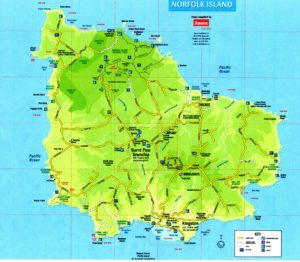
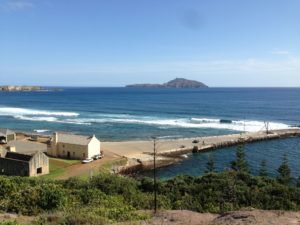
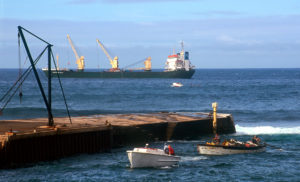
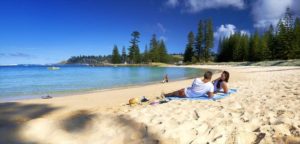
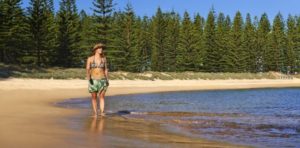
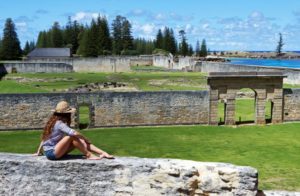
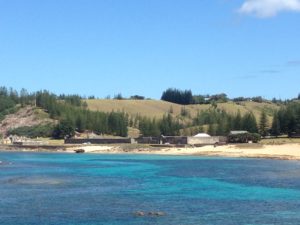
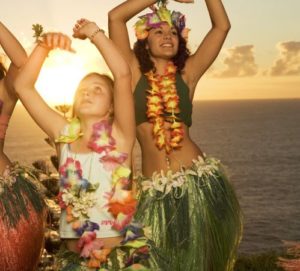
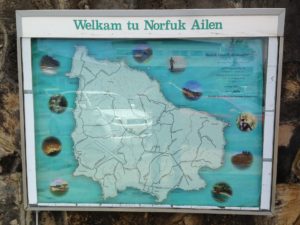
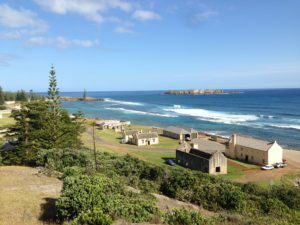
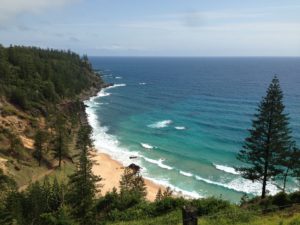
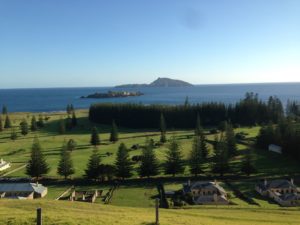
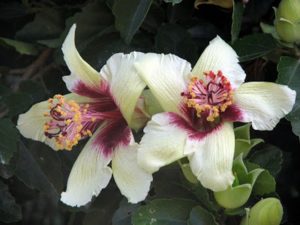
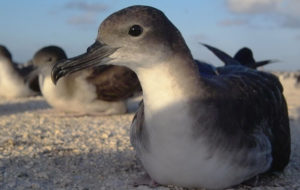

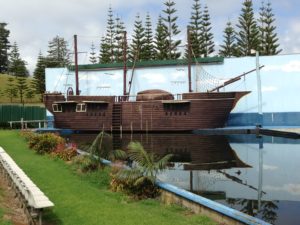
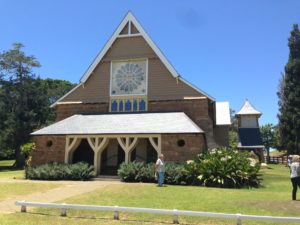
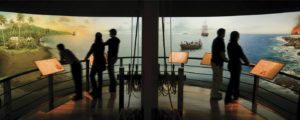
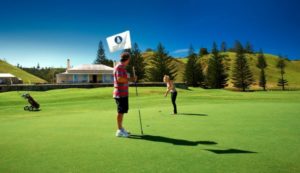
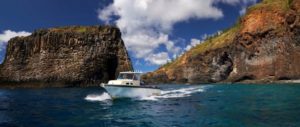

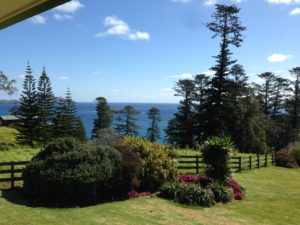
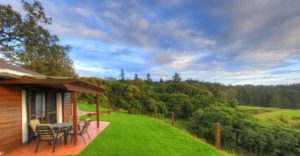




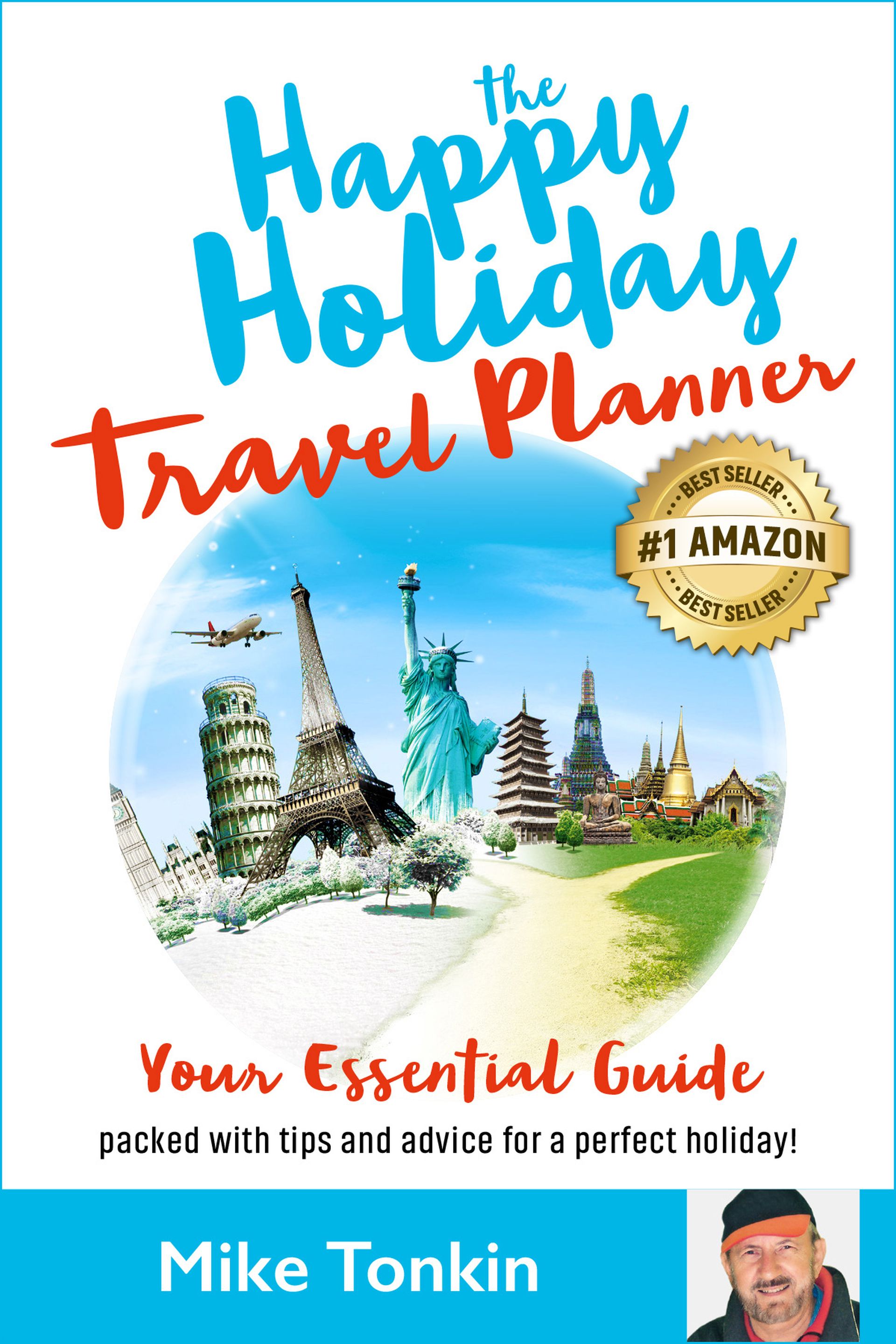


Leave a reply